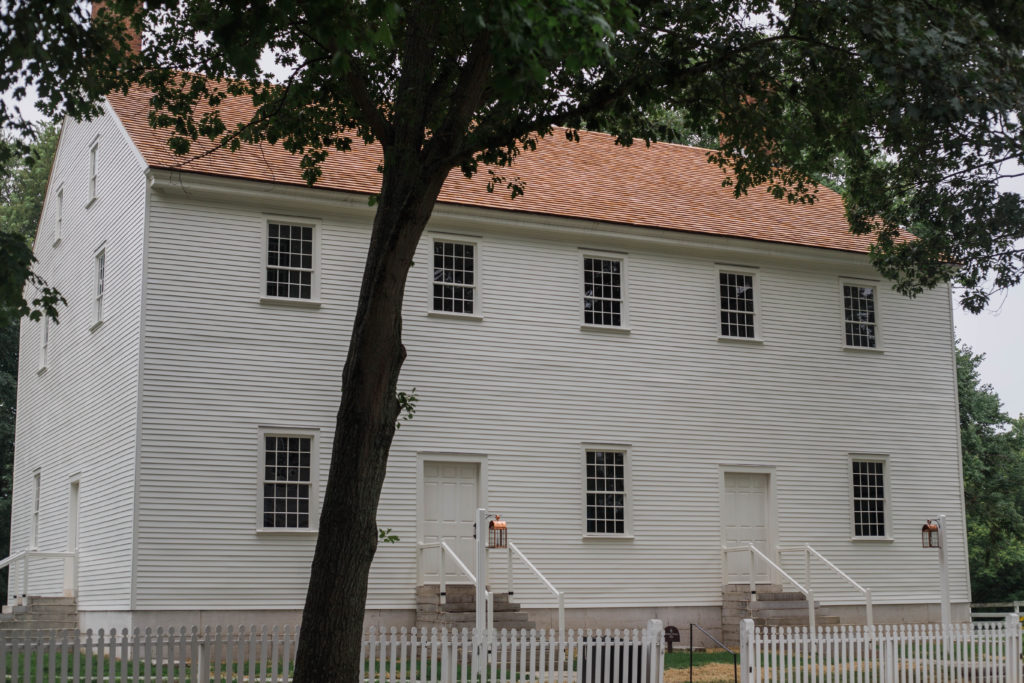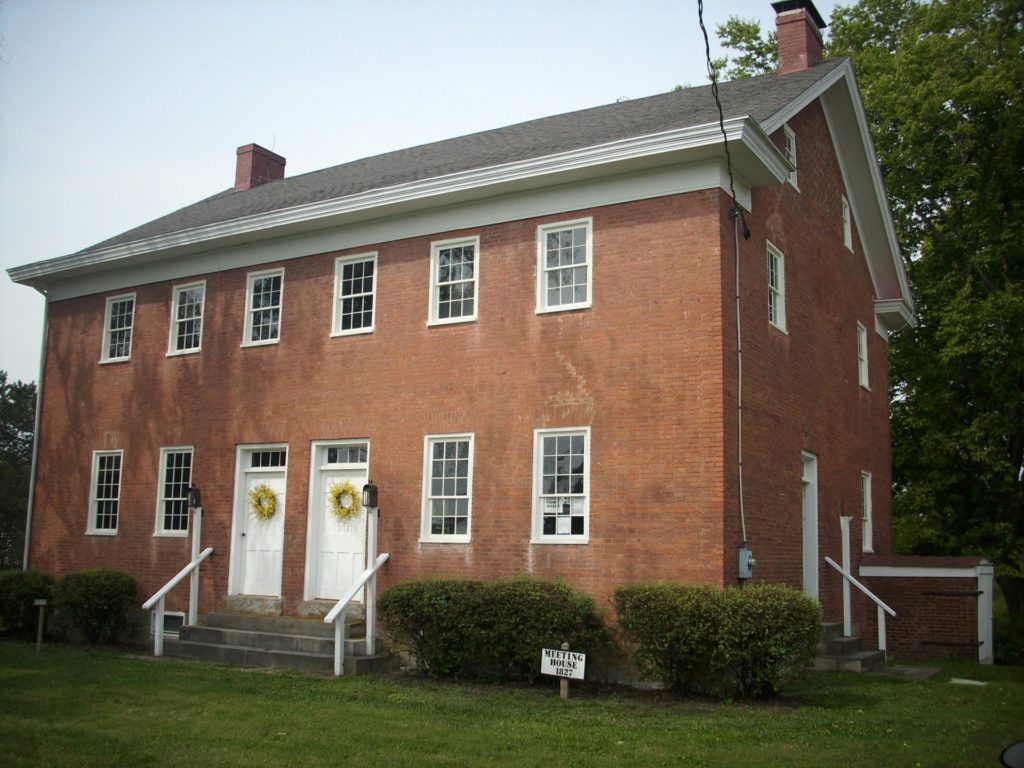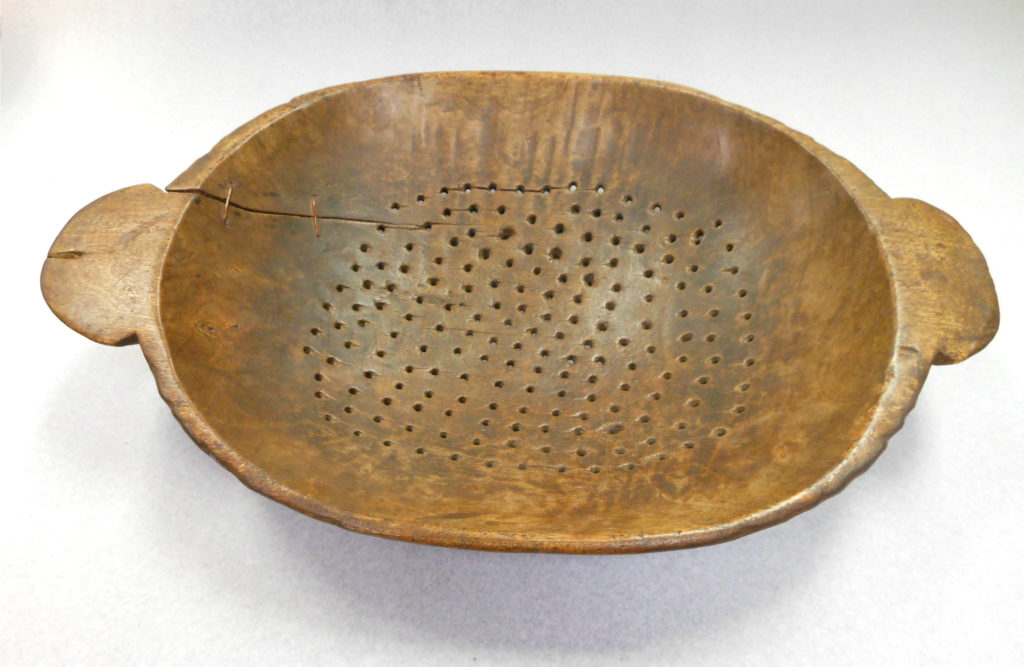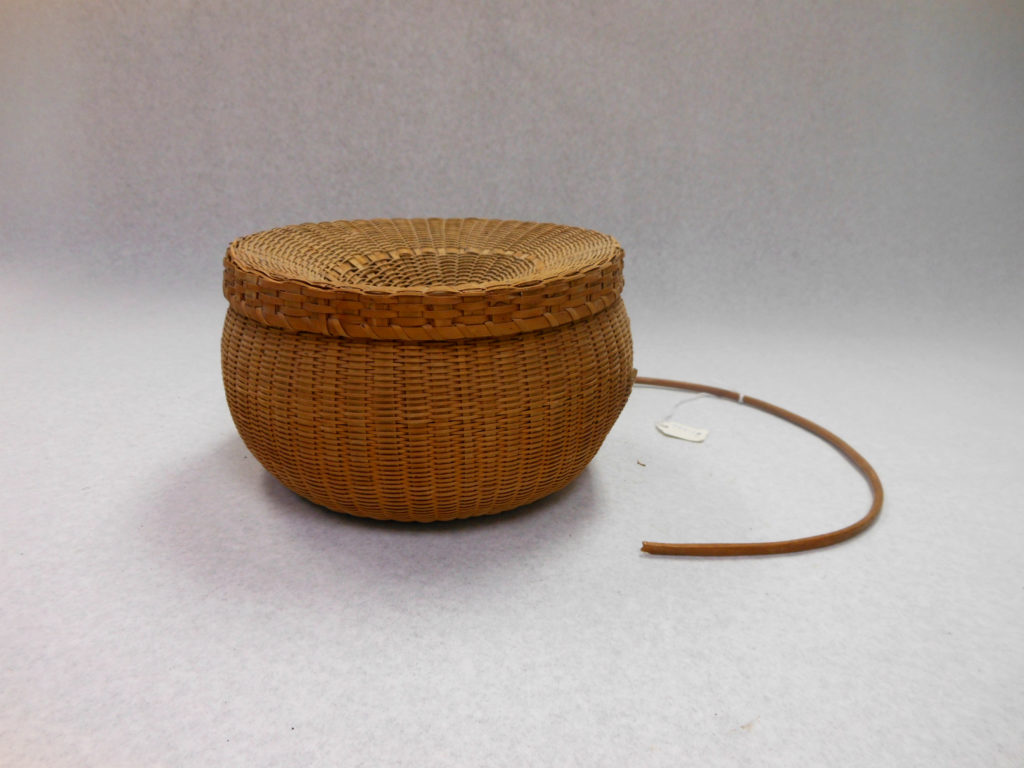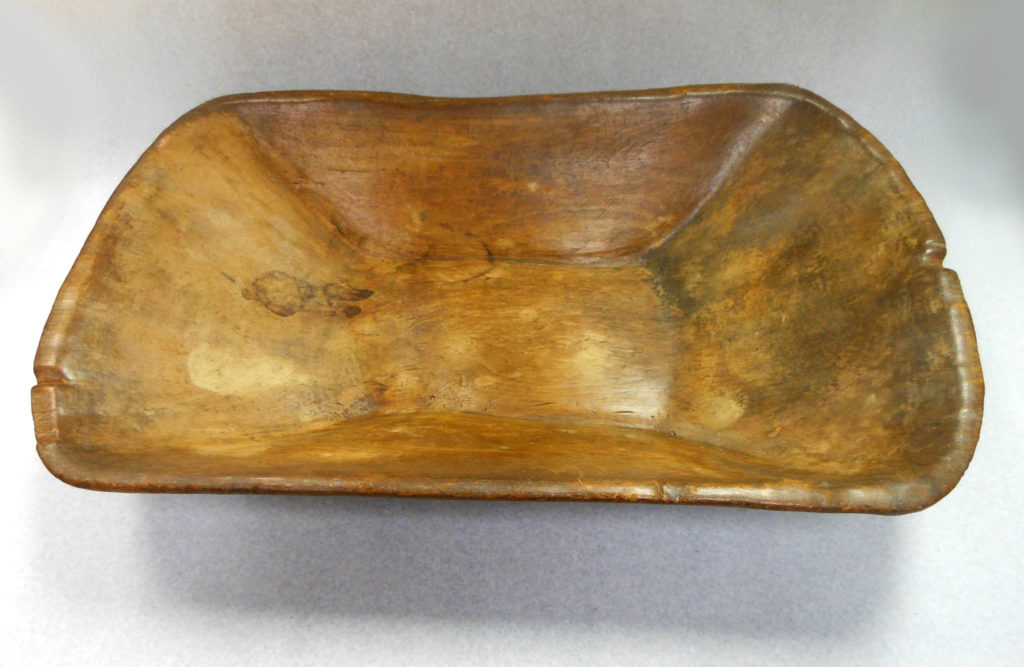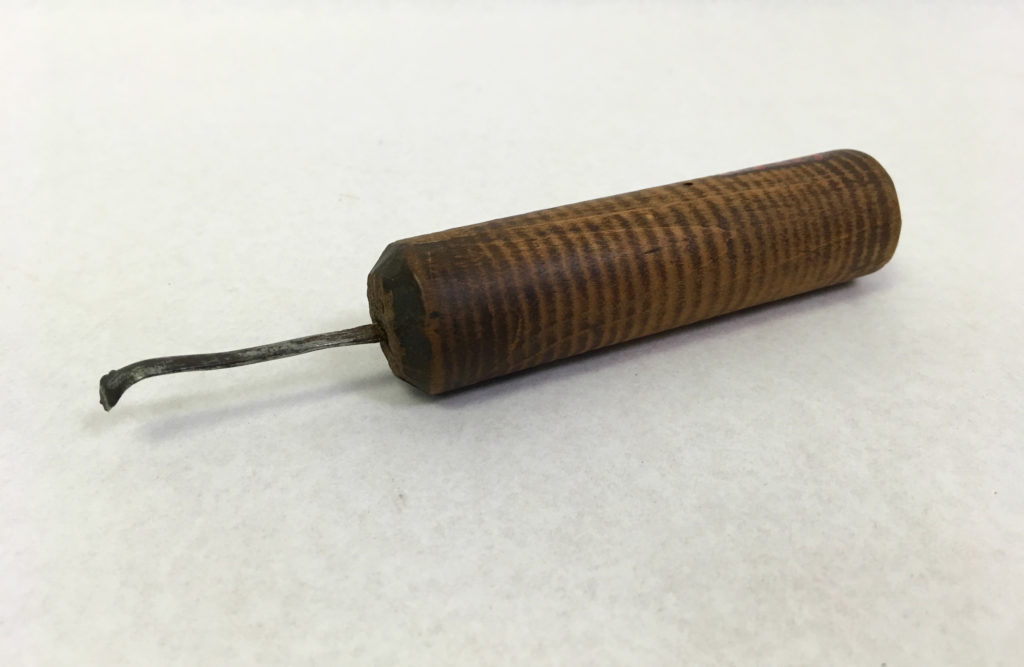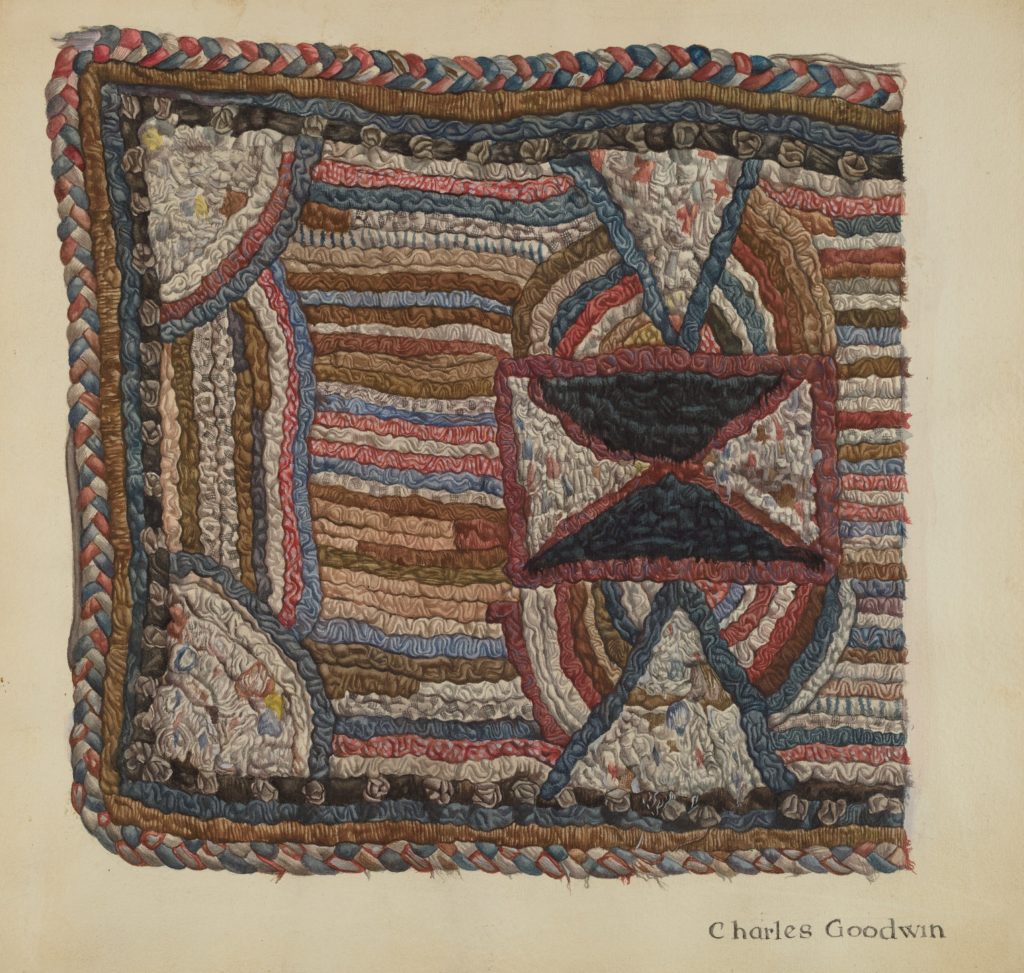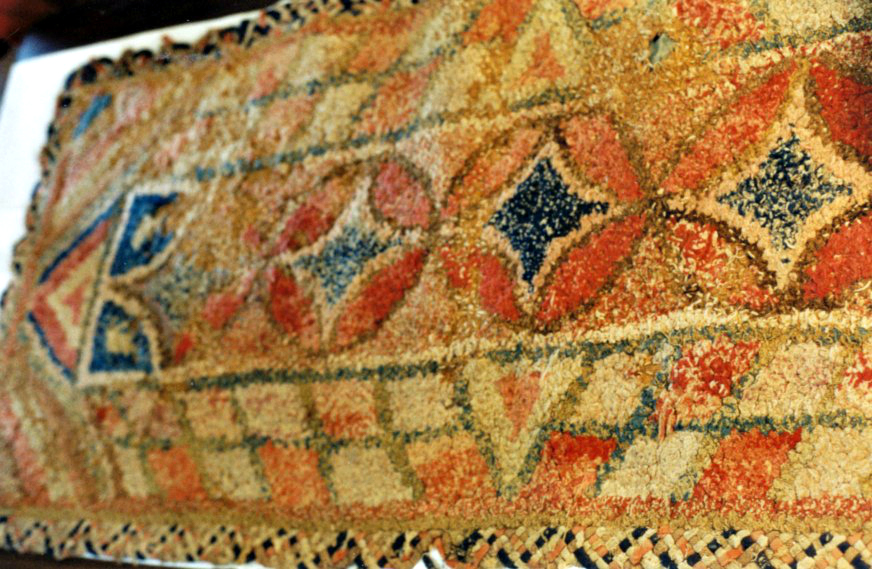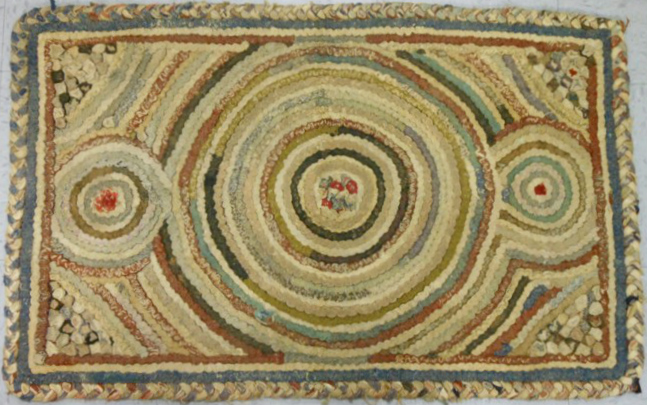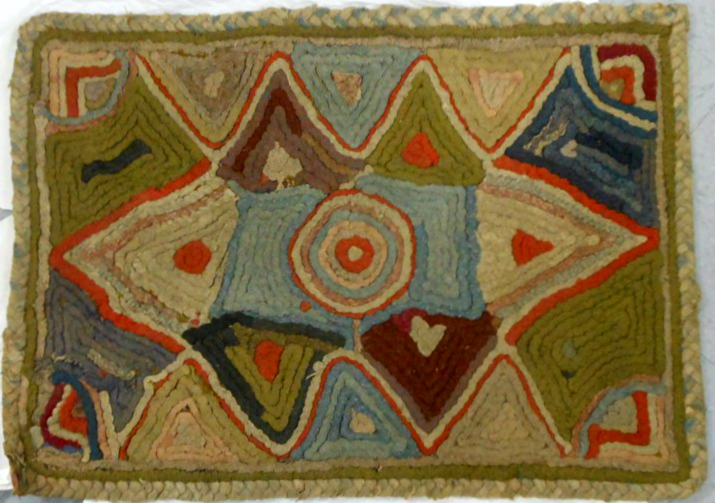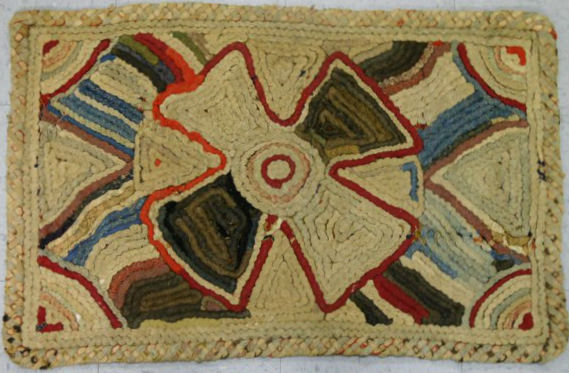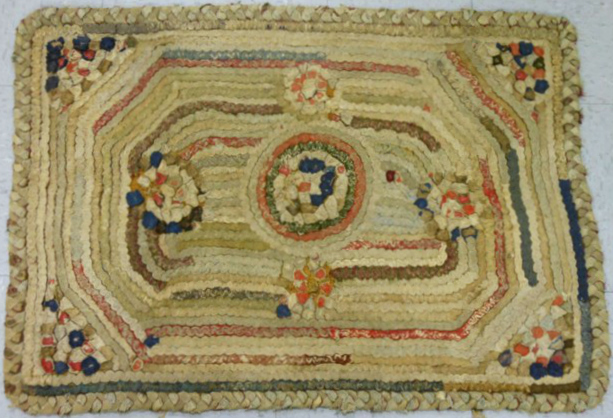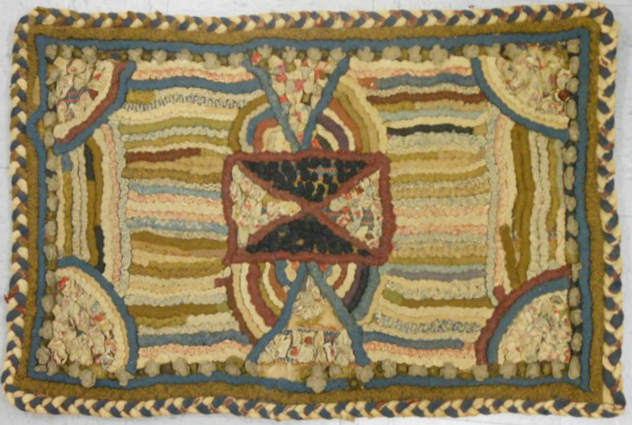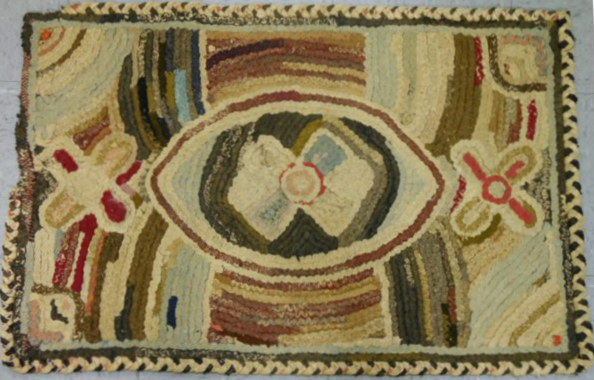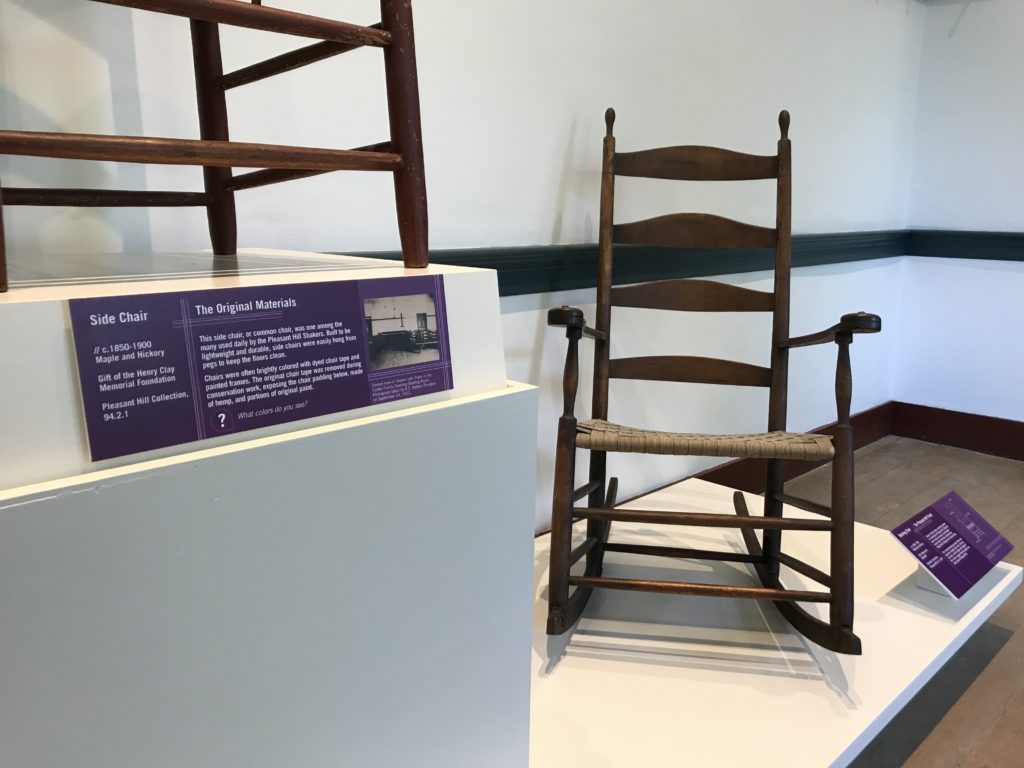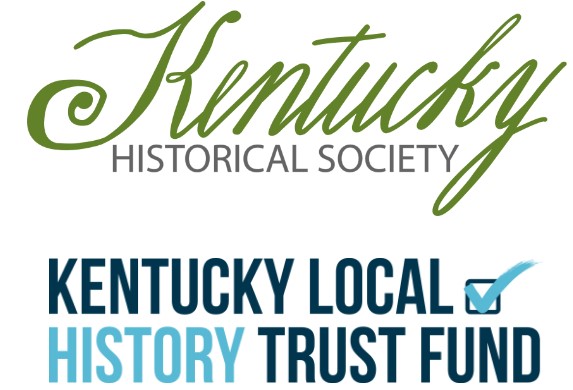Laura Webb, Program Specialist
Hi again! The NEH digitization project is chugging right along. Last week, I finished editing object entries in PastPerfect, and finished doing the same for archival files earlier this week (starting now on photograph files).
Working with archival entries was quite a change of pace from three-dimensional objects. The types of information we record and collect, and the quantity of information available, differ greatly than that for objects – with our archives, contextual information comes in feast or famine. While some documents have a wealth of detailed markers indicating who created it, when, and why, others are much more mysterious. Today, we’ll investigate two “mystery” documents together!
These items, archival IDs #00040 and #00539, were first entered into our digital catalog in 1999 and 2014, respectively. Each is on the same letterhead with the same handwriting, and each has a photograph pasted to the top with a poem hand-written below.
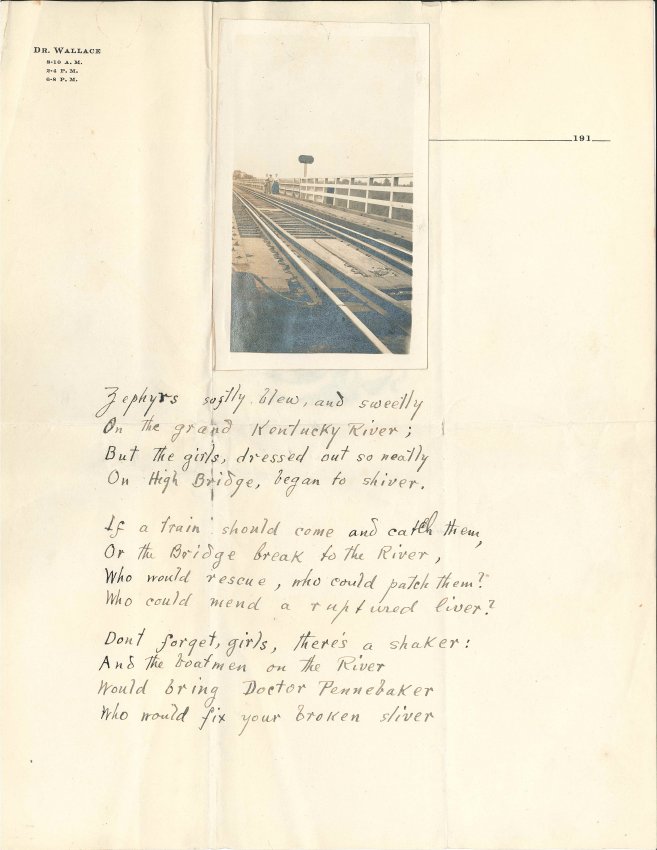
Zephyrs softly blew, and sweetly
On the grand Kentucky River;
But the girls, dressed out so neatly
On High Bridge, began to shiver.
If a train should come and catch them,
Or the Bridge break to the River,
Who would rescue, who could patch them?
Who could mend a ruptured liver?
Don’t forget, girls, there’s a shaker:
And the boatmen on the River
Would bring Doctor Pennebaker
Who would fix your broken sliver
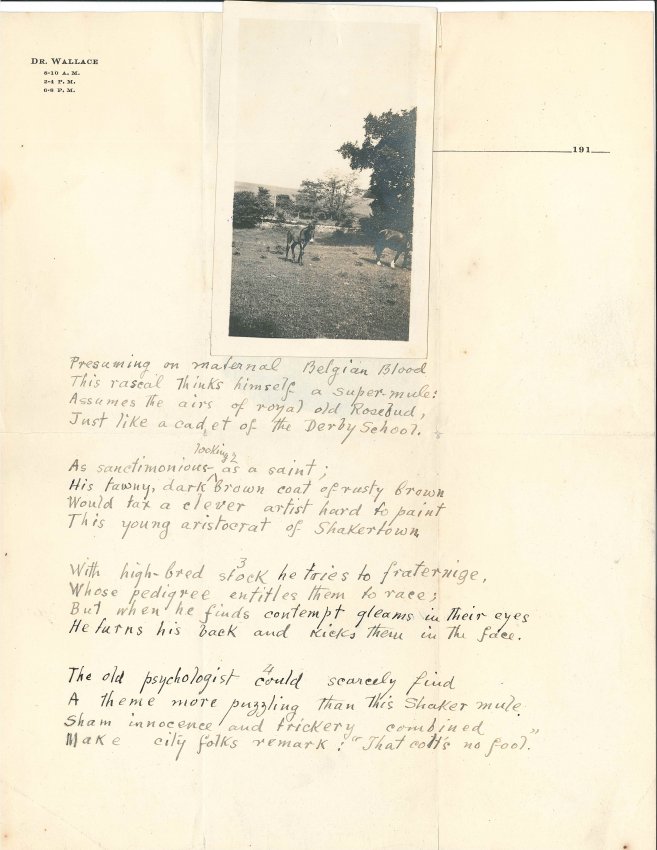
Presuming on maternal Belgian blood
This rascal thinks himself a super-mule:
Assumes the airs of royal old Rosebud,
Just like a cadet of the Derby school.
As sanctimonious-looking as a saint;
His tawny, dark brown coat of rusty brown
Would tax a clever artist hard to paint
This young aristocrat of Shakertown.
With high-bred stock he tries to fraternize,
Whose pedigree entitles them to race;
But when he finds contempt gleams in their eyes
He turns his back and kicks them in the face.
The old psychologist could scarcely find
A theme more puzzling than this Shaker mule
Sham innocence and trickery combined
Make city folks remark: “That colt’s no fool.”
The first photo depicts a train tracks-level view of High Bridge, with barely-visible figures in the background that appear to be two girls or women with a man, possibly Dr. Pennebaker. The second photo depicts a mule (of course!) at center, the hindquarters of a horse to the right, and at least one stone fence in the background.
The documents have been folded in sixths, around the photos, which have been pasted to the pages. To the reverse of the documents, directly behind the photos, there is evidence that they were once attached to black paper – perhaps an album or scrapbook – and probably would have “folded out” to read the poems.
These documents are currently “mysteries” because they are unsigned and undated, and did not have explanatory information filed with them. However, let’s do a little detective work!
The stationery they are written on names a “Dr. Wallace,” and has a pre-printed date that can be filled in appropriately of “191_.” We have one other document in our collection on this same letterhead: this document is from Dr. Robert Wallace, addressed to Dr. William Pennebaker (mentioned in previous blog entries: 1, 2, 3, 4), concerning a diet for health. This letter is dated 1918. The yellowing of both this letter and the two poems is very similar; however, the handwriting and ink type differs between them. Perhaps someone Dr. Wallace knew (a child, spouse?) borrowed some of his stationery for this creative project! With the pre-printed date, we can date both poems to 1910 at the earliest. One poem mentions Dr. Pennebaker in the present tense, so it was probably written before his death in 1922. The format of the photos pasted to the paper (thin, glossy, and not mounted to a large card) is a clue that they were probably taken closer to the end of the 1910s than the beginning – they may well have been written in, or very close to, 1918 as well. The ink strokes in the lettering look like they have been made with a dip or fountain pen.
What can you determine from these objects? Which poem is your favorite? What “mystery” documents do you have in your family (and will you label ones you leave behind)?
Shaker Village of Pleasant Hill was awarded a CARES grant through The National Endowment for the Humanities in June 2020. Funding from this grant award supported two activities to enhance digital humanities initiatives at SVPH, including Laura Webb’s work to review our collection records and prepare them for publishing in a public digital database.
